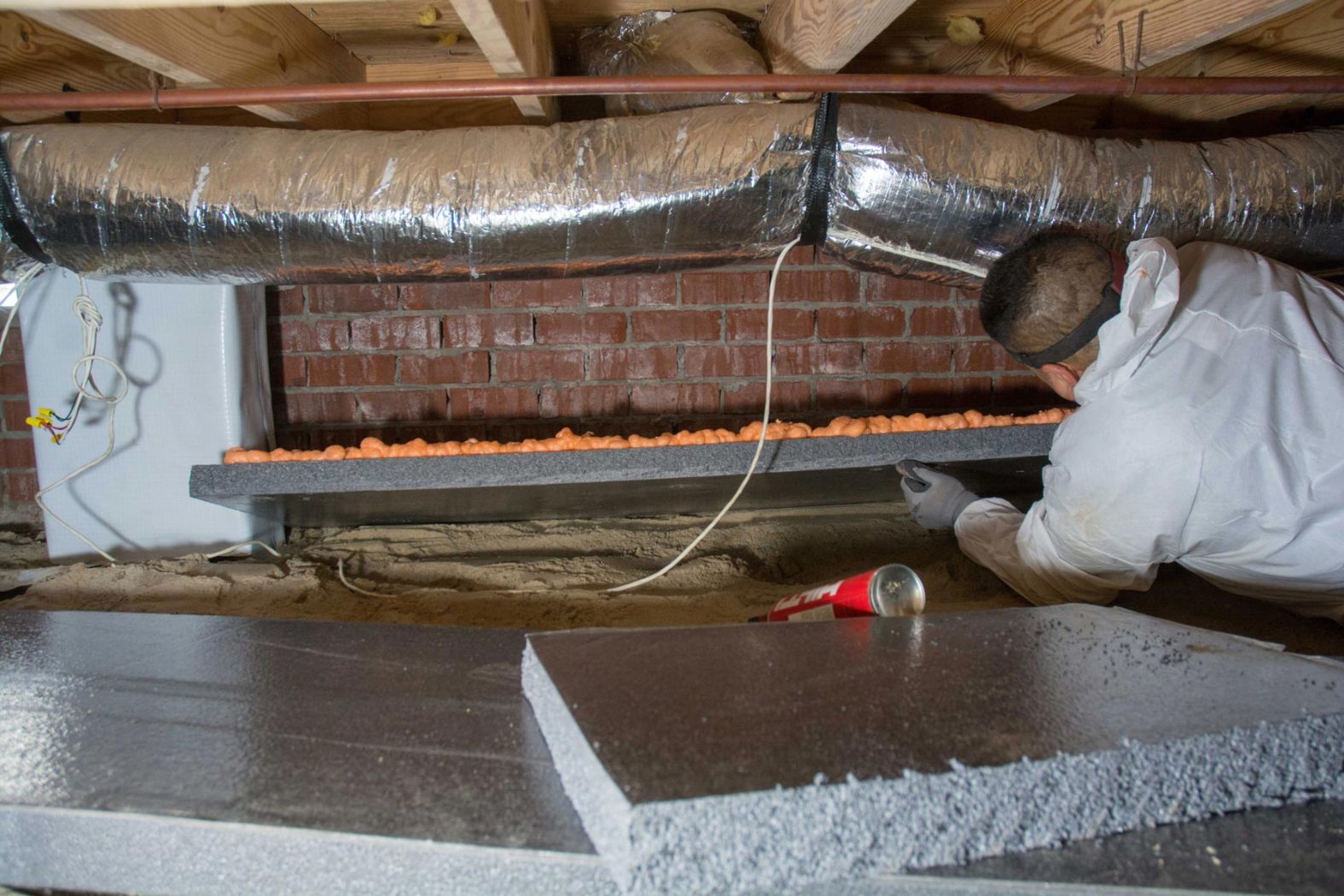

Articles
How Much Does Crawl Space Insulation Cost
Modified: January 19, 2024
Looking for articles on crawl space insulation cost? Find out how much you should budget for crawl space insulation in this informative guide.
(Many of the links in this article redirect to a specific reviewed product. Your purchase of these products through affiliate links helps to generate commission for Storables.com, at no extra cost. Learn more)
Introduction
When it comes to maintaining a comfortable and energy-efficient home, adequate insulation is crucial. And while most homeowners focus on insulating their walls and attics, one often forgotten area is the crawl space. Crawl space insulation plays a vital role in preventing heat loss, moisture buildup, and improving overall energy efficiency.
However, before diving into the costs of crawl space insulation, it is essential to understand that several factors can influence the final price. These factors range from the size and condition of the crawl space to the type of insulation material chosen.
In this article, we will delve into the factors that affect crawl space insulation costs, explore different types of insulation materials, discuss the average costs involved, and provide insight into the pros and cons of DIY versus professional installation. We will also touch on additional costs and considerations when insulating a crawl space and share some cost-saving tips.
By the end of this article, you will have a comprehensive understanding of crawl space insulation costs and what to expect during the insulation process.
Key Takeaways:
- Crawl space insulation costs vary based on factors like size, material, and condition. Homeowners can expect to spend between $1,500 and $4,000, but obtaining quotes is crucial for accurate estimates.
- When considering crawl space insulation, weighing DIY versus professional installation is essential. While DIY may save on labor costs, professional installers offer expertise and potential long-term savings.
Read more: How Much Does It Cost For Insulation
Factors Affecting Crawl Space Insulation Costs
Several key factors contribute to the overall cost of insulating a crawl space. Understanding these factors will help you estimate the expenses involved and make informed decisions. Here are the main factors that can impact crawl space insulation costs:
- Crawl Space Size: The size of the crawl space is a significant determinant of the insulation cost. Larger crawl spaces will require more insulation material, leading to higher expenses.
- Condition of the Crawl Space: The condition of the crawl space can also affect the cost. If the crawl space is damp, mold-ridden, or in need of repairs, additional work may be required before insulation can be installed. This can add to the overall cost of the project.
- Insulation Material: The type of insulation material chosen for the crawl space plays a crucial role in determining the cost. Different materials have varying price points, so it’s essential to consider both the desired level of insulation and your budget when making a decision.
- Accessibility: The ease of access to the crawl space can impact the cost. If the crawl space is difficult to reach or requires extra effort to install insulation, it may increase the overall expenses.
- Insulation Method: The method of insulation installation can also affect the cost. There are different techniques for insulating crawl spaces, such as using spray foam, fiberglass batts, or rigid foam boards. Each method has its own associated costs.
- Location: The location of your home can influence the overall cost of crawl space insulation. Prices for materials and labor can vary depending on the region, local market conditions, and availability of insulation contractors.
These factors interact with one another and contribute to the final cost of crawl space insulation. It’s crucial to assess each factor carefully to get a clear understanding of the project scope and associated expenses.
Now that we understand the factors influencing crawl space insulation costs, let’s explore the different types of insulation materials commonly used.
Types of Crawl Space Insulation
When it comes to insulating your crawl space, there are several options to choose from. Each type of insulation material has its own set of advantages and considerations. Here are some of the commonly used crawl space insulation materials:
- Spray Foam Insulation: Spray foam insulation is a popular choice for crawl spaces due to its excellent insulating properties and ability to create an air-tight seal. It is applied as a liquid foam that expands and hardens, providing both insulation and moisture barrier. Spray foam insulation offers high energy efficiency but can be more expensive compared to other options.
- Fiberglass Insulation: Fiberglass insulation is widely used for crawl spaces and offers cost-effective thermal insulation. It consists of fluffy, pink or yellow fibers that are installed as batts or loose-fill insulation. Fiberglass is resistant to mold growth but may require a vapor barrier if moisture is prevalent in the crawl space.
- Cellulose Insulation: Cellulose insulation is made from recycled paper treated with fire-retardant chemicals. It is a good option for crawl spaces as it provides thermal insulation, soundproofing, and is environmentally friendly. However, it can be susceptible to moisture absorption, so proper moisture control measures should be taken.
- Rigid Foam Insulation: Rigid foam boards offer excellent insulation and moisture resistance for crawl spaces. They are available in various thicknesses and can be easily installed on crawl space walls or floors. Rigid foam insulation is durable and provides a high R-value, but it can be more expensive than other options.
- Vapor Barrier: While not technically insulation, a vapor barrier is often used in conjunction with other insulation materials to control moisture. It is a plastic or foil sheet that prevents moisture from entering the crawl space. Vapor barriers are typically installed on the ground or walls of the crawl space.
The choice of insulation material for your crawl space will depend on factors such as budget, desired R-value, moisture control needs, and the advice of insulation professionals. It is advisable to consult with a qualified insulation contractor who can assess your crawl space and recommend the most suitable material and installation method.
Now that we’ve covered the different types of crawl space insulation, let’s move on to discussing the average costs involved.
Average Cost of Crawl Space Insulation
The cost of insulating a crawl space can vary significantly depending on several factors, including the size of the crawl space, insulation material chosen, and the region where you live. However, to give you a general idea, we will discuss the average costs involved in crawl space insulation.
On average, homeowners can expect to spend between $1,500 and $4,000 for crawl space insulation. This estimate typically includes both material and labor costs. However, it is important to note that this is just an average, and the actual costs can vary widely.
The cost per square foot for crawl space insulation is typically between $1.50 and $4.00. Again, this can vary depending on factors such as the insulation material chosen, accessibility, and the overall condition of the crawl space. Spray foam insulation tends to be on the higher end of the price range, while fiberglass insulation is often more affordable.
It’s worth mentioning that crawl space insulation costs may increase if additional work is needed, such as repairing damaged crawl space elements, installing vapor barriers, or addressing moisture issues. These additional costs are often dependent on the specific conditions and requirements of your crawl space.
It is crucial to obtain multiple quotes from reputable insulation contractors to get a more accurate idea of the total cost for your particular crawl space. This will also give you an opportunity to compare prices and choose the best option within your budget.
Next, let’s explore the cost comparisons between DIY installation and professional installation for crawl space insulation.
The cost of crawl space insulation can vary depending on factors such as the size of the space, the type of insulation used, and the labor involved. On average, homeowners can expect to pay between $1,500 and $5,000 for professional installation. It’s important to get quotes from multiple contractors to ensure you’re getting a fair price.
DIY vs Professional Installation: Cost Comparison
When it comes to crawl space insulation, homeowners often have the option to either tackle the project themselves or hire professional insulation contractors. Both options have their pros and cons, including cost considerations. Let’s compare the costs of DIY installation versus professional installation for crawl space insulation:
DIY Installation: DIY installation can potentially save you money on labor costs. However, it’s important to consider the potential challenges and risks involved. If you have experience with insulation projects and feel confident in your abilities, DIY installation may be a viable option. Keep in mind that you will still need to invest in the necessary insulation materials and tools. The cost of materials will vary based on the chosen insulation type and the size of your crawl space. While DIY installation may seem more cost-effective on the surface, it’s important to factor in any potential mistakes or rework that could arise from inexperience, which may add additional expenses.
Professional Installation: Hiring professional insulation contractors ensures a high-quality installation and reduces the risk of mistakes. Professional installers have the necessary experience, knowledge, and equipment to handle the job efficiently. While the upfront cost of professional installation may be higher, it often eliminates the need for costly repairs or rework associated with DIY installations. Additionally, contractors may have access to bulk pricing for materials, potentially reducing the overall cost. The actual cost of professional installation will depend on factors such as the size of the crawl space, the insulation material chosen, and the complexity of the project.
In general, professional installation for crawl space insulation can range from $1,500 to $4,000, as mentioned earlier. Keep in mind that this cost includes both materials and labor.
Ultimately, the decision between DIY installation and professional installation should be based on your level of experience, the complexity of the project, and your budget. If you are confident in your abilities and have the necessary skills and knowledge, DIY installation may be a cost-effective option. However, for optimal results and peace of mind, it is often advised to hire experienced professionals.
Now that we’ve explored the cost comparisons, let’s discuss additional costs and considerations when insulating a crawl space.
Read more: How To Insulate The Floor In A Crawl Space
Additional Costs and Considerations
When planning to insulate your crawl space, there are several additional costs and considerations to keep in mind to ensure a successful project. These include:
- Moisture Control: If your crawl space has moisture issues, it’s crucial to address them before insulation installation. Moisture can damage the insulation and lead to mold and mildew growth. Moisture control measures may include installing a vapor barrier, improving drainage, or using dehumidifiers. These additional steps can add to the overall cost of the project.
- Crawl Space Repairs: If your crawl space requires repairs or structural improvements before insulation installation, it’s essential to factor in the cost. Common repairs may include fixing cracks, leveling the floor, or reinforcing joists. The extent of repairs needed will vary depending on the condition of your crawl space.
- Ventilation: Proper ventilation is essential for maintaining a healthy crawl space. In some cases, you may need to install or upgrade ventilation systems to ensure adequate airflow. This can improve moisture control and prevent issues such as mold growth. The cost of installing or upgrading ventilation systems should be considered as part of the overall project budget.
- Building Permits: Depending on the regulations in your area, you may need to obtain building permits for crawl space insulation installation. Building permits typically come with associated fees, which should be factored into the project’s overall cost.
- Post-Installation Inspection: After the insulation installation is complete, it may be necessary to have a post-installation inspection to ensure that the work meets building codes and industry standards. The cost of this inspection should be considered during the planning phase.
Considering these additional costs and considerations will help you develop a more accurate budget and ensure that all necessary steps are taken to achieve a successful crawl space insulation project.
Now that we’ve covered the cost-related aspects of crawl space insulation, let’s explore some cost-saving tips to help you make the most of your project budget.
Cost-Saving Tips for Crawl Space Insulation
Insulating your crawl space doesn’t have to break the bank. With some smart planning and consideration of cost-saving strategies, you can effectively reduce the expenses associated with crawl space insulation. Here are some cost-saving tips to help you make the most of your project budget:
- Get Multiple Quotes: Obtain quotes from multiple insulation contractors to compare prices and services. This will give you a better idea of the average costs in your area and help you find the best deal.
- Consider Material Options: Research different insulation materials and their costs. While some materials may have a higher upfront cost, they may provide better long-term energy savings, ultimately making them a more cost-effective choice.
- Do Some DIY: Consider taking on certain tasks yourself that don’t require specialized skills, such as cleaning the crawl space or removing debris. This can help you save on labor costs while still ensuring the insulation is installed correctly.
- Utilize Recycled Materials: Check if there are any local recycling centers or building material reuse stores where you can find insulation materials at a lower cost. Using recycled insulation materials can be an eco-friendly and cost-effective option.
- Improve Energy Efficiency: Before insulating your crawl space, assess the overall energy efficiency of your home. Seal any air leaks, install weatherstripping, and insulate other areas like doors and windows. By improving energy efficiency, you can potentially reduce the size of the crawl space insulation project.
- Choose the Right Insulation Thickness: Consult with insulation professionals to determine the appropriate insulation thickness for your crawl space. Installing insulation that exceeds the necessary thickness can lead to unnecessary costs, while choosing inadequate thickness can reduce energy efficiency.
- Proper Maintenance: Regularly maintain and inspect your crawl space insulation to ensure it remains in good condition. This can help prevent costly repairs or replacements down the line.
- Take Advantage of Energy Efficiency Incentives: Research whether there are any local or federal energy efficiency incentives or rebates available for crawl space insulation. These programs can help offset some of the costs associated with the project.
By implementing these cost-saving tips, you can make your crawl space insulation project more affordable without compromising on quality or effectiveness.
Now that we’ve covered various cost-saving strategies, let’s conclude the article.
Conclusion
Insulating your crawl space is a critical step towards improving the energy efficiency, comfort, and overall health of your home. While crawl space insulation costs can vary depending on various factors, understanding these factors and considering cost-saving strategies can help you navigate the process effectively.
We discussed the factors that can affect crawl space insulation costs, such as the size of the crawl space, condition, insulation material, accessibility, and location. It’s important to assess these factors to get a clear understanding of the scope of the project and associated expenses.
We explored different types of crawl space insulation materials, including spray foam, fiberglass, cellulose, rigid foam, and vapor barriers. Each material has its own advantages and considerations, and the choice should be based on your needs, budget, and insulation professional recommendations.
On average, homeowners can expect to spend between $1,500 and $4,000 for crawl space insulation. However, it’s crucial to obtain quotes from reputable insulation contractors to get a more accurate estimate for your specific crawl space.
We compared the costs of DIY installation versus professional installation and discussed additional costs and considerations, such as moisture control, crawl space repairs, ventilation, building permits, and post-installation inspections.
To make the most of your project budget, we provided cost-saving tips, including getting multiple quotes, considering material options, utilizing recycled materials, improving overall home energy efficiency, choosing the right insulation thickness, proper maintenance, and exploring energy efficiency incentives.
In conclusion, crawl space insulation is an investment that pays off in terms of energy savings, comfort, and potential health benefits. By understanding the factors affecting costs, exploring different insulation materials, and implementing cost-saving strategies, you can successfully complete your crawl space insulation project while minimizing expenses. Don’t hesitate to consult with insulation professionals to ensure you make the best decisions based on your specific needs and budget.
Remember, a properly insulated crawl space not only saves you money in the long run but also contributes to a more sustainable and comfortable living environment.
Frequently Asked Questions about How Much Does Crawl Space Insulation Cost
Was this page helpful?
At Storables.com, we guarantee accurate and reliable information. Our content, validated by Expert Board Contributors, is crafted following stringent Editorial Policies. We're committed to providing you with well-researched, expert-backed insights for all your informational needs.
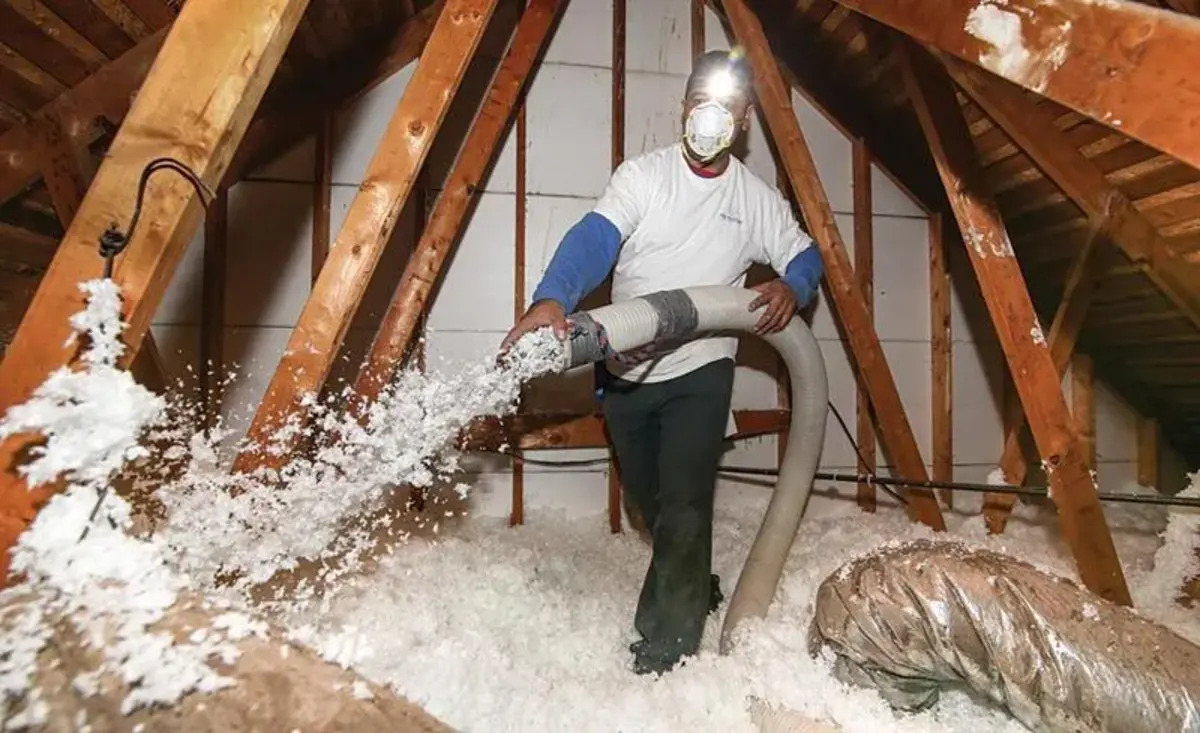
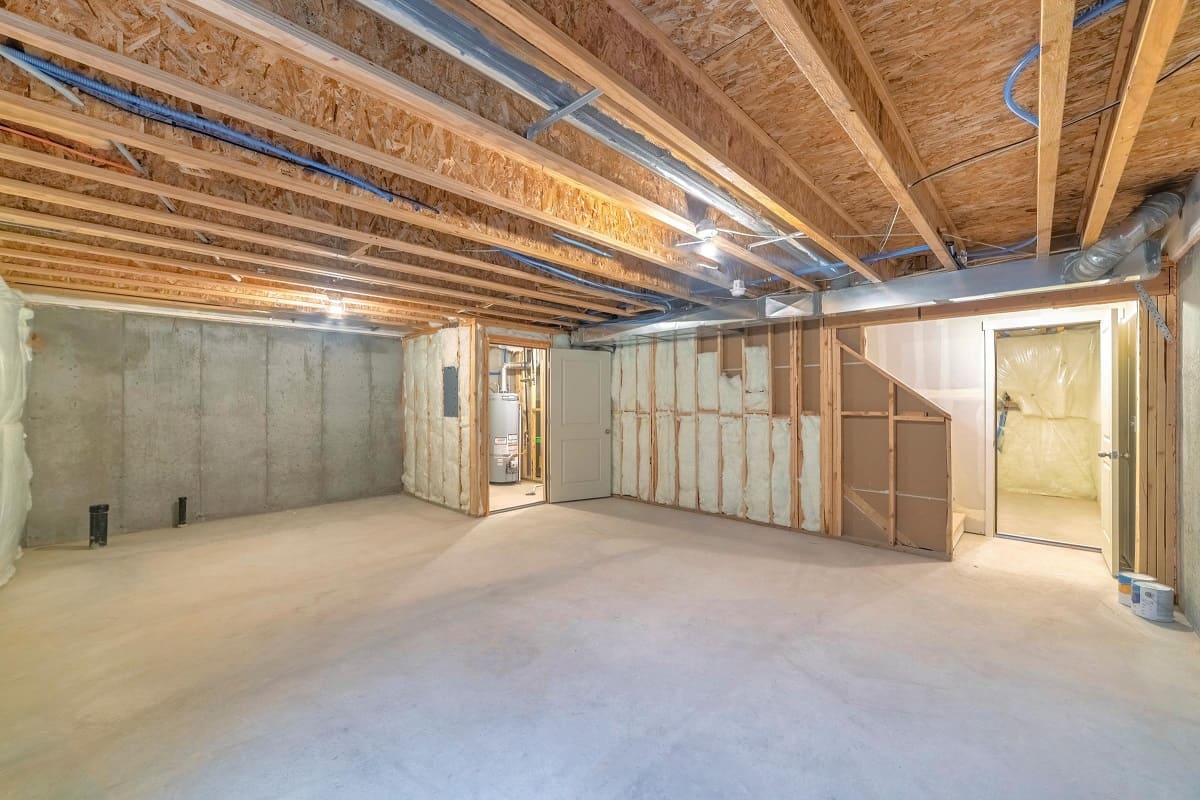

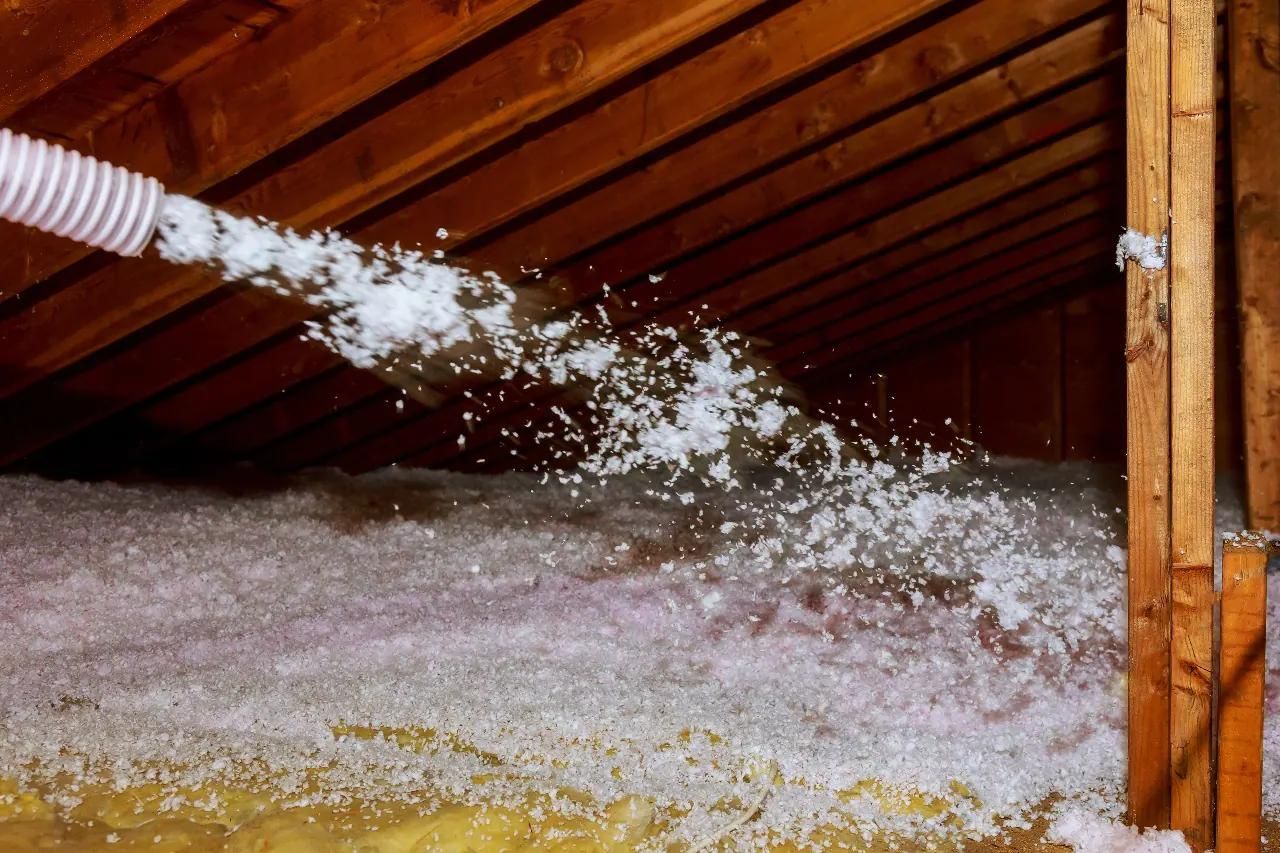

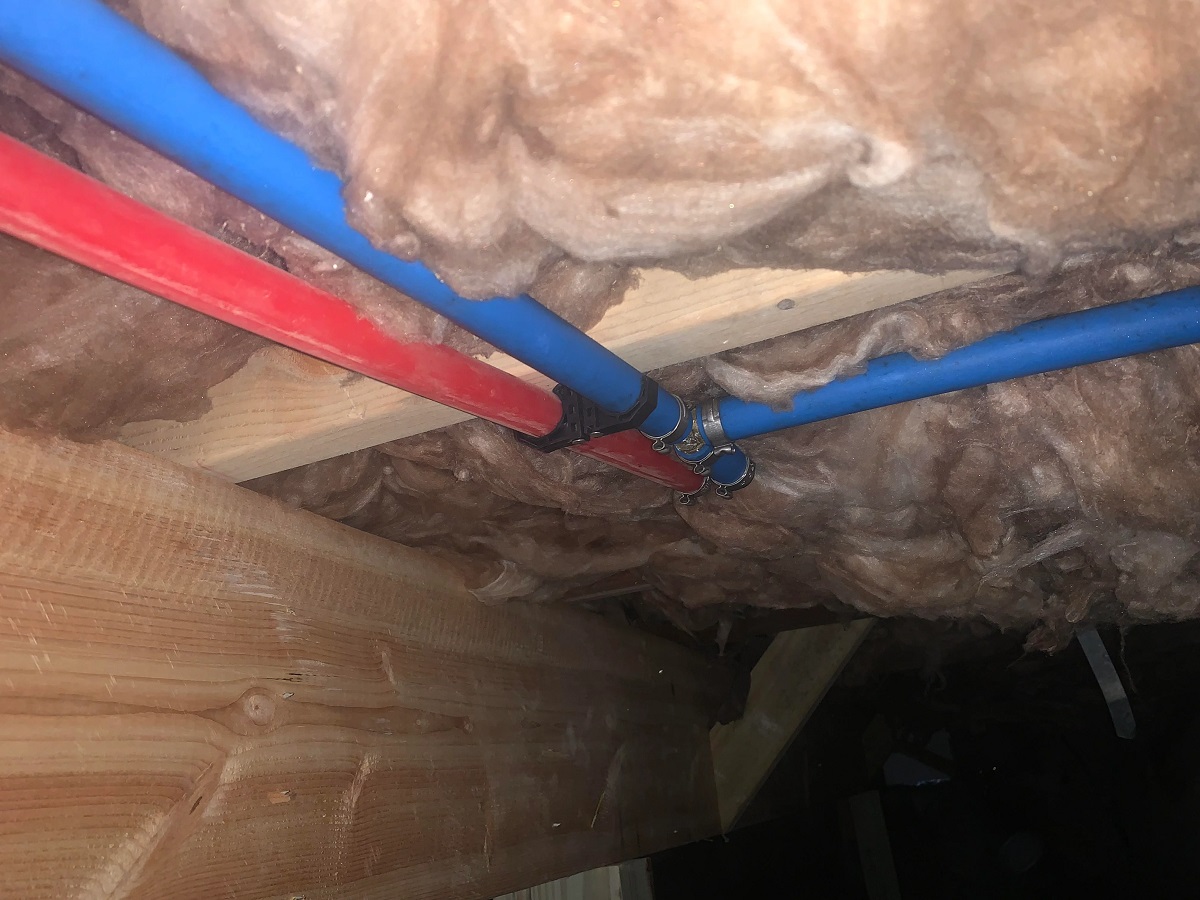
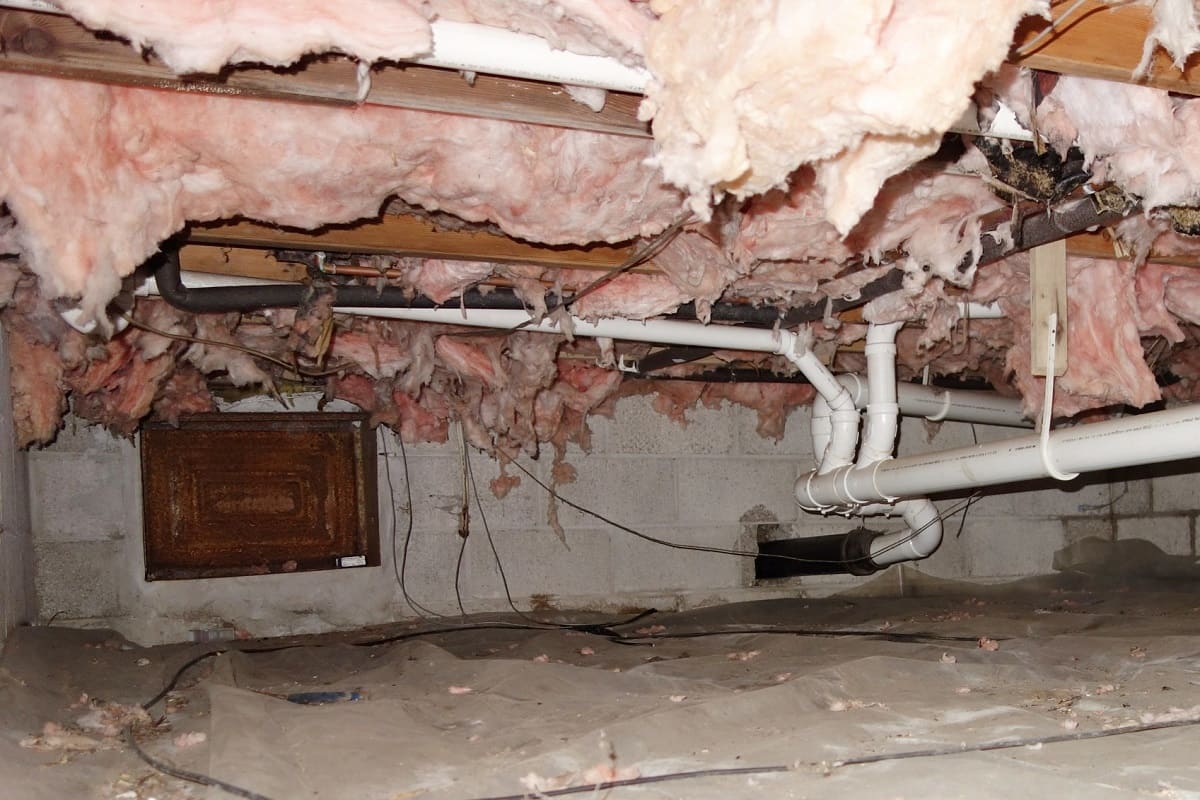
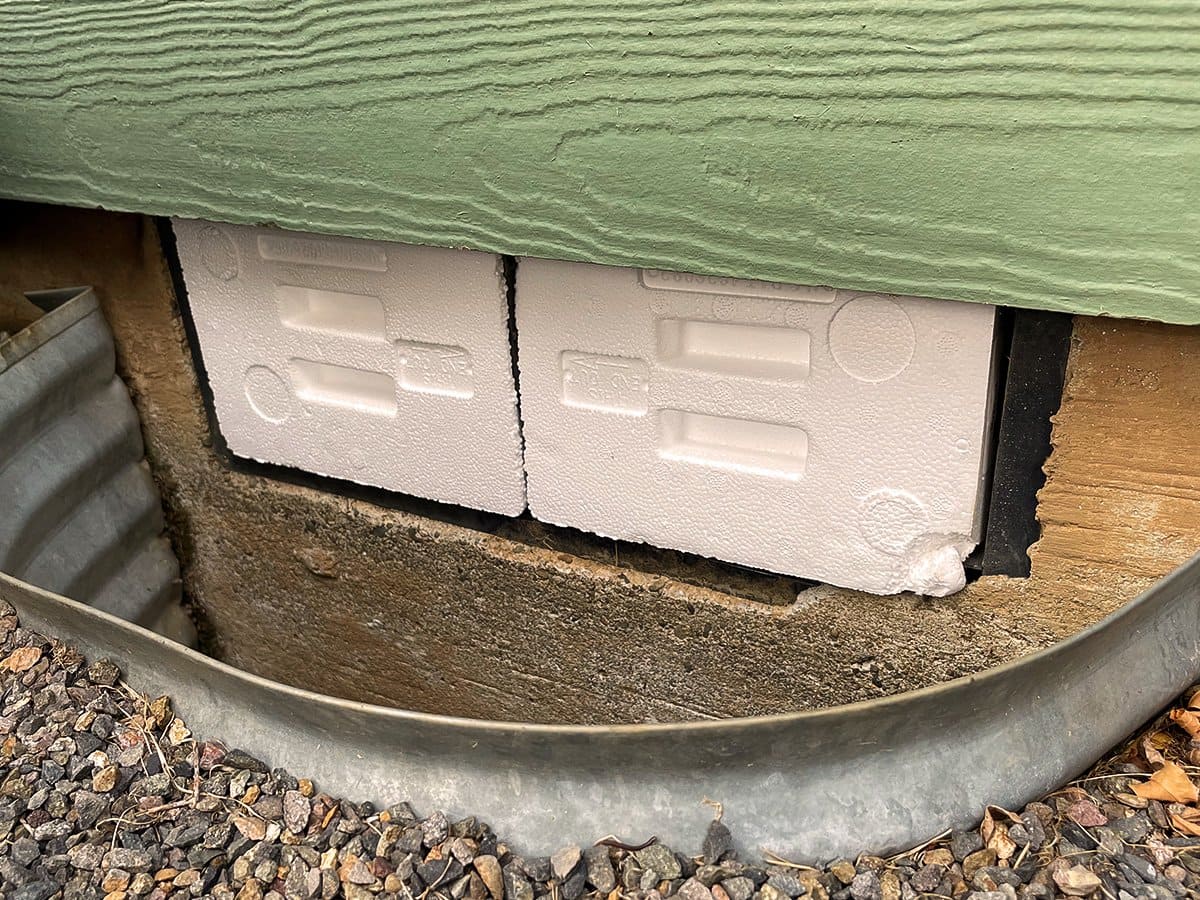
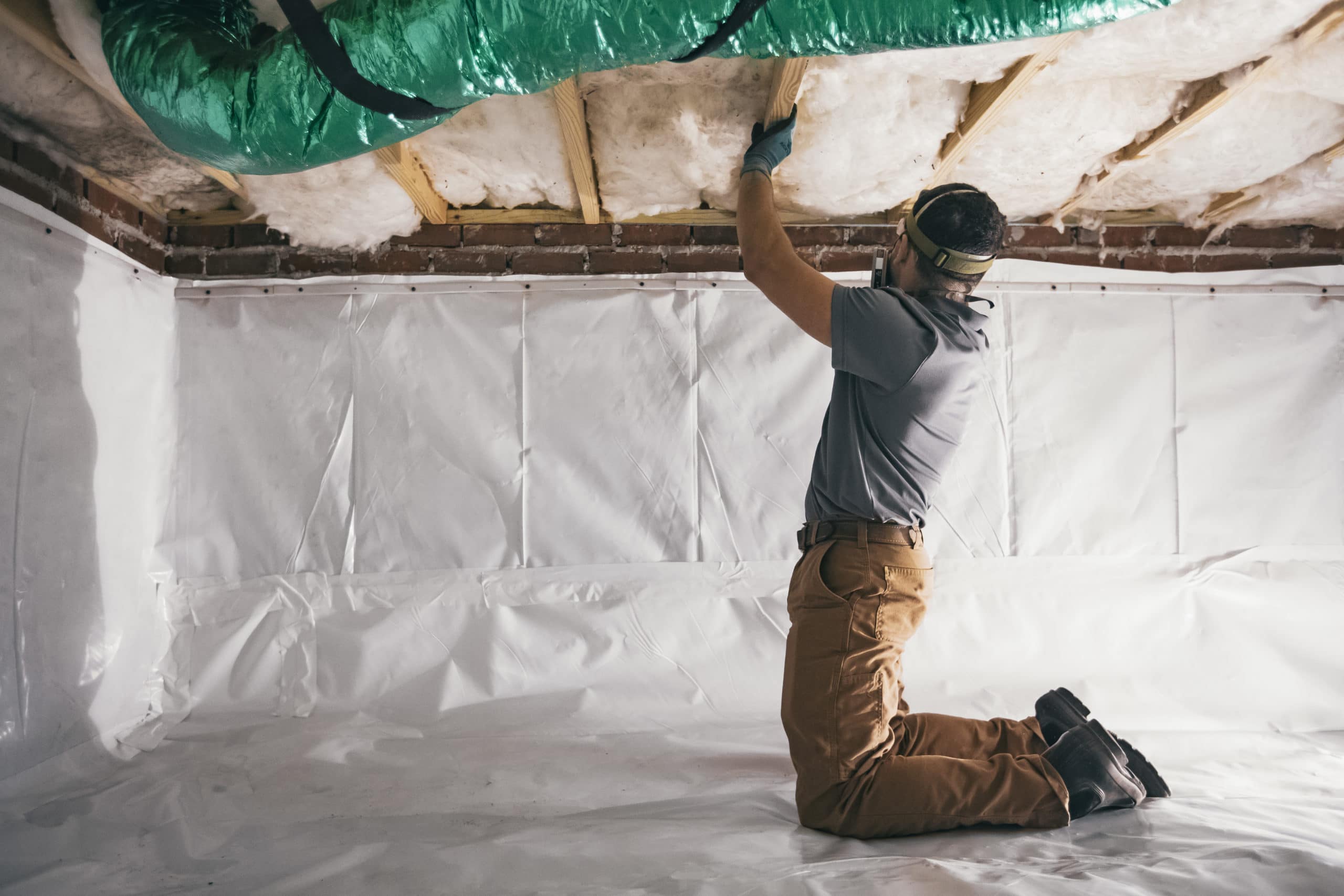
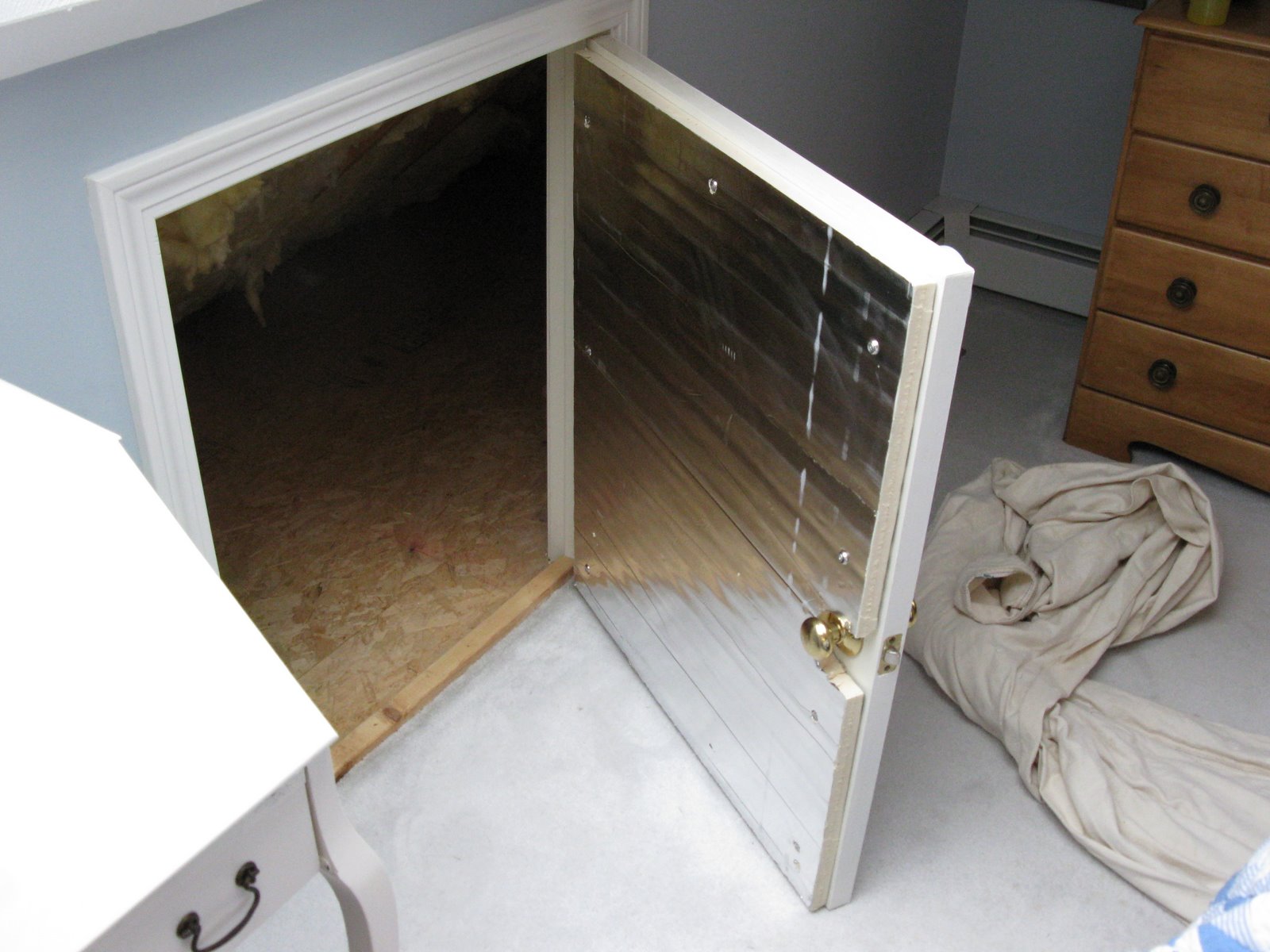
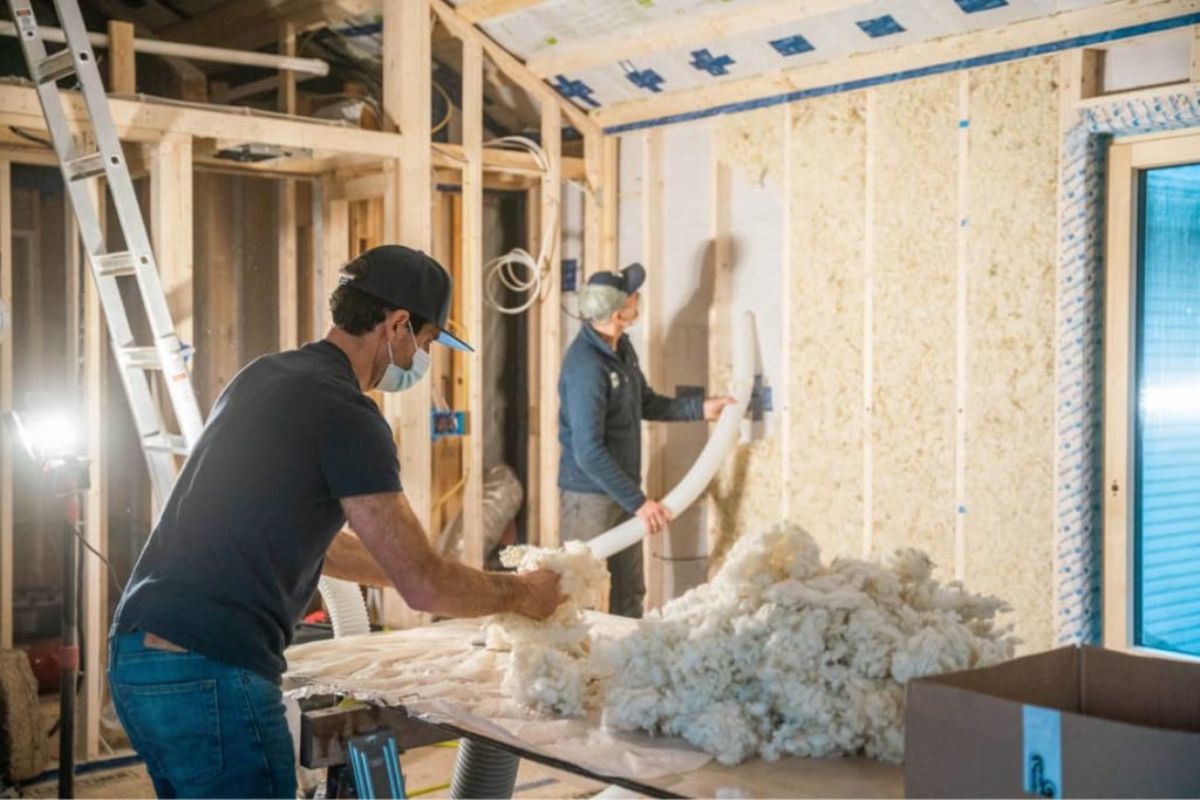
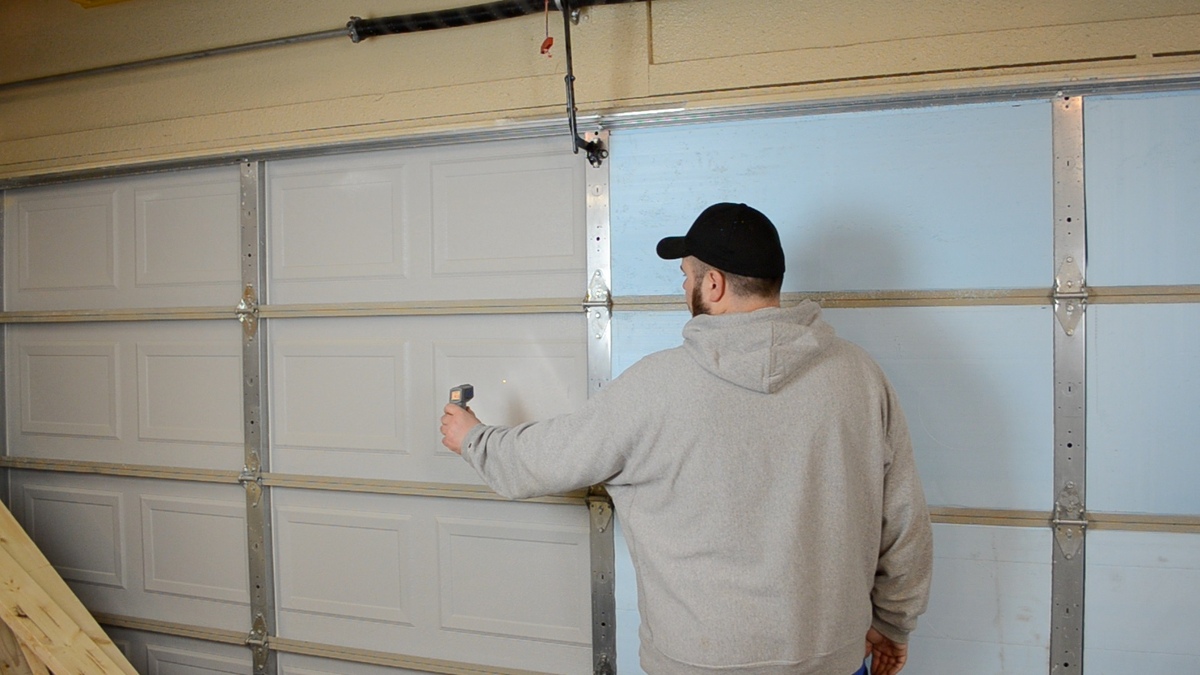
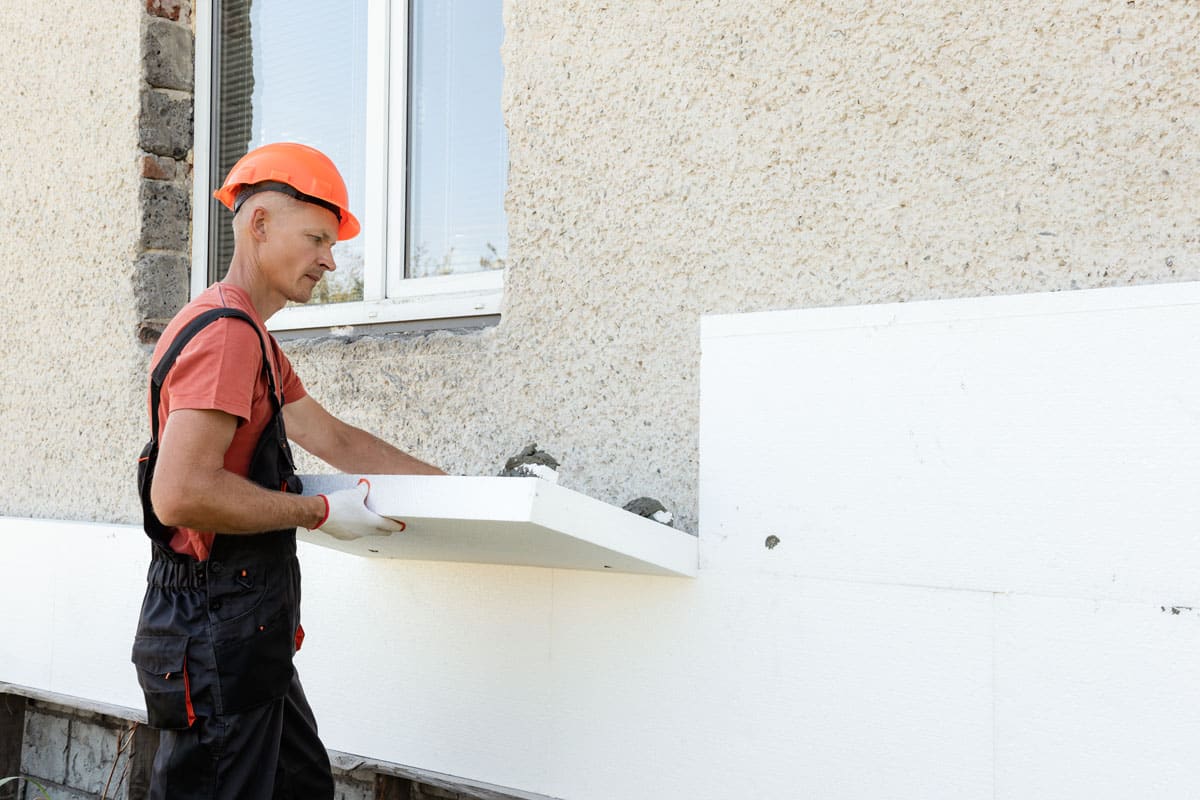
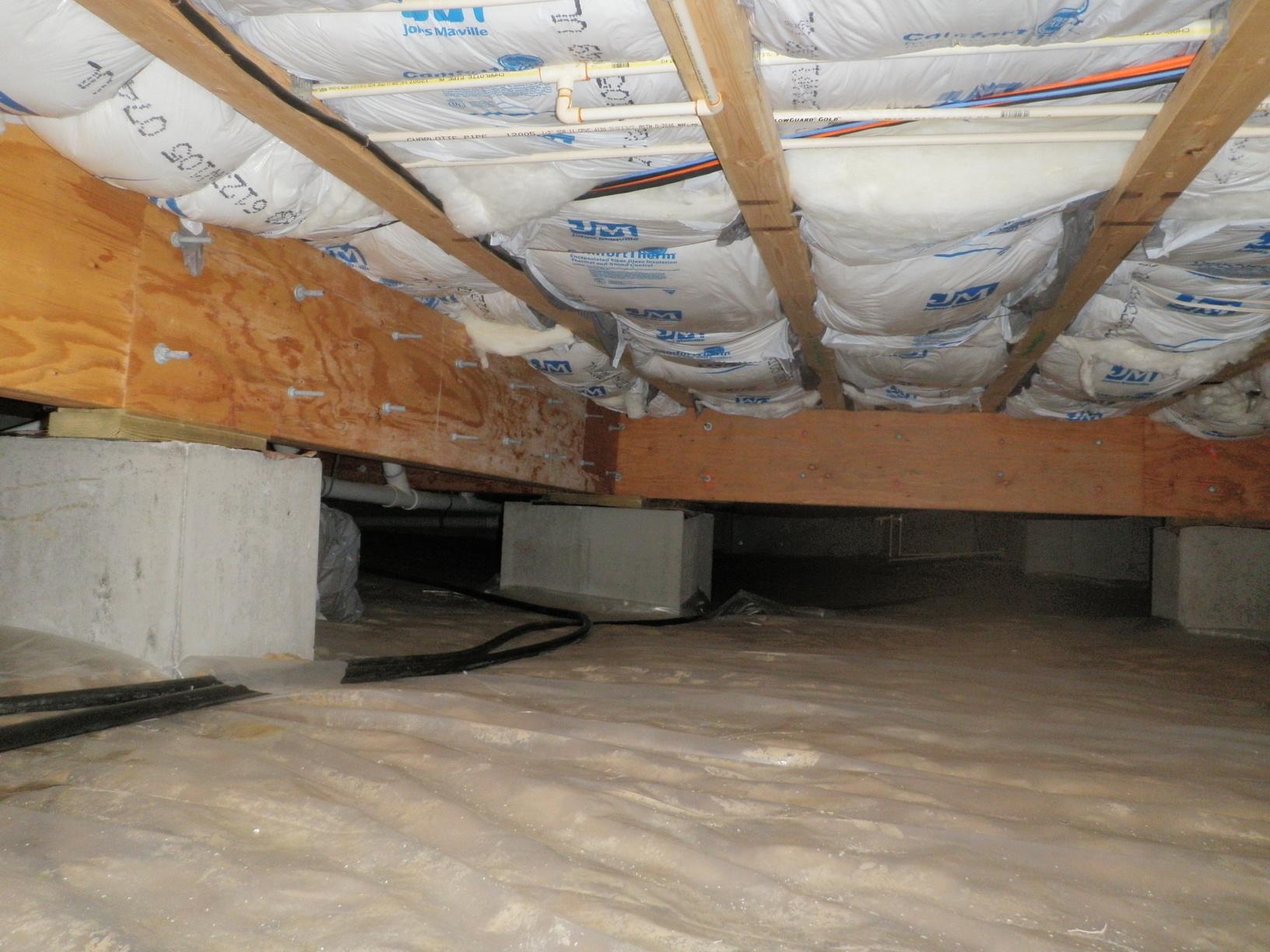

0 thoughts on “How Much Does Crawl Space Insulation Cost”